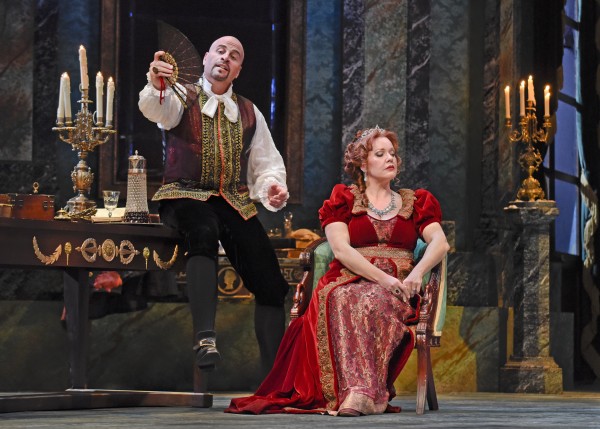
O languide carezze indeed.Īll the big numbers are superlatively done: a ‘Vissi d’arte’ aria in which every note is a sob a spine-tingling Te Deum an Act One love duet of searing intensity. But in Di Stefano we get the whole package: convincing characterisation and the most gloriously bright-timbred Italianate voice. Too often with Tosca one gets a soprano and baritone who act their socks off and a tenor who is only there for the top notes. Gobbi, meanwhile, exudes cruelty without playing the pantomime villain: within the space of a short soliloquy in Act Two he is transformed from dull functionary to snarling animal. What is the difference between a musical and an opera?Ĭallas is in her element here, a prowling tiger from her first offstage cry of ‘Mario’, the intrinsic rawness to her voice just right for this heroine on the edge.The result is a performance that is all-consuming, which will take you on an exhilarating ride and spit you out emotionally ragged at the other end. Though the musical merits are numerous, it’s the acting that really impresses here, all three principals – soprano Maria Callas as Tosca, tenor Giuseppe di Stefano as Cavaradossi and baritone Tito Gobbi as Baron Scarpia – adapting their vocal colour by the bar to capture the twists and turns of the drama. Puccini’s Tosca: A guide to when and why it was composed, and its dramatic storyline.

Conductor Victor de Sabata and producer Walter Legge were notorious perfectionists, insisting on countless takes, but boy, was it worth it.

It’s a no-holds-barred performance, made in the days of big-budget studio recordings when there was both time and money to get absolutely everything just right.

Recorded in August 1953, in the middle of a Milanese heatwave, this classic set exudes all the white-hot passion one could wish for from this most hyper-theatrical of operas.


 0 kommentar(er)
0 kommentar(er)
